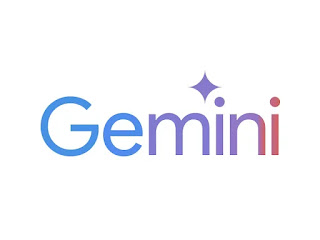I applied for a job and did not hear anything back so I forgot about it. Not sending a 'No Thanks' email to an applicant is not ideal but it is pretty standard nowadays. I have gotten a role since which I think lets me talk about this clearly AI driven No Thanks process from a non sour grapes angle.
Yesterday, 5 months later I got a 'No Thanks' email. This was their first communication with me and a case of better never than late.
The email itself was Chatgpt slop, full of shaking hands emojis, Over Capitalisation, exclamation points and the over enthusiasm only a computer could muster. You are going to get a template email saying No Thanks. But it should be a template someone has spent 2 minutes on to make sound vaguely human.
The No Thanks email had the subject Let's Stay in Touch! while being sent from a no reply email. And nothing in the email gave a method to actively stay in touch either.
A late slop contradictory email is a bad user experience journey but for most companies its fairly low importance. Companies are trying to make their product not concentrate on the No Thanks side of hiring. But this companies product is to help you hire people.
If they have such a janky non sensical series of steps in their own hiring how are they going to help you in yours?
This is a company with about 2000 employees who can't reasonably dogfood what the company is supposed to do.
My point here is not just about one companies unthought through process. What is the reasonable delay between a process starting and ending? Are emails we send people self contradictory? My point is that if you are going to automate a process you should be careful with the steps involved. Especially a process in an area that your company is set up to do. The steps in that process should make sense.
AI automation does not reduce the need to think your way through a process. Because it makes implementing the individual steps easier it increases the need to think about the start to end journey and what makes sense in it.










